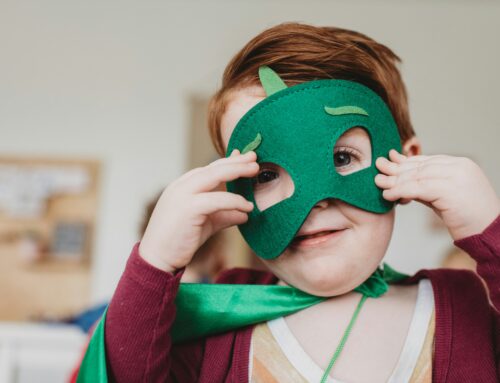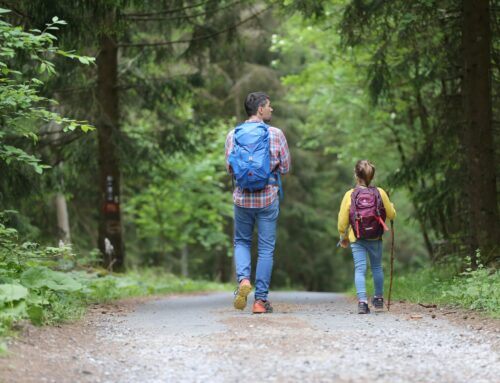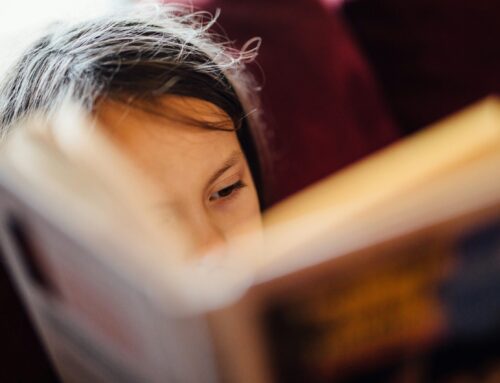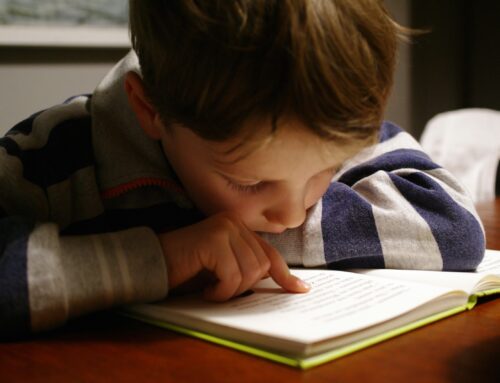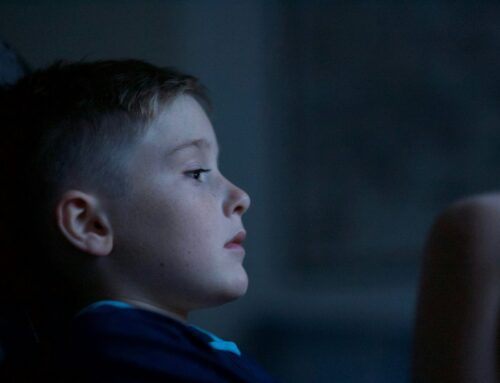Planning a summer vacation for a child with a sensory processing disorder involves careful planning. While popular vacation spots are becoming more and more autism spectrum disorder and special needs-friendly, families still worry about their child becoming overwhelmed during the roadtrip, flight, or even the trip location itself. One helpful planning trick is to prepare a toolkit for your child that you’ve designed to help soothe and entertain them in case there is too much sensory input. These toolkits can be so helpful that you might even consider continuing to use them after your vacation, like during routine errands, school functions, or doctor’s appointments.
Preparing Your Sensory Toolkit
How you decide to put together your toolkit will depend on your individual child’s specific needs and past experiences. Some children with special sensory needs crave sensory experiences, while other children actively try to avoid sensory input. Some children, meanwhile, go back and forth between the two. The type of child that your child is will help you to determine what you should include in your sensory toolbox.(1)
Your sensory toolkit can be as large or as small as you need, and you can use something simple that you have at home, like a backpack, or you can buy something more elaborate, like a literal toolbox with compartments. A backpack may be a particularly good choice, as the weight of it helps with body awareness (a concept known as heavy work)(2) and can help calm the child. You might choose to pack:
- Noise-cancelling headphones for children affected by too much noise.
- An iPad or music playing device, pre-loaded with favorite apps, games, and songs, to engage and calm a child. Radio apps, like Spotify, usually have white noise and calming nature sounds available to listeners on the app. Remember, too, that most flights allow you to follow your flight path online. This can help your child see exactly where you are in the sky.
- Sunglasses and a hat or a visor for children sensitive to bright light. If you’re taking a road trip, you can buy tinted screens to stick onto the windows surrounding the child’s seat in the car.
- Non-toxic Play-Doh, silly putty, slime, clay, Floof, or other items for children craving tactile stimulation or touch. You can also include textured items, such as a spikey ball, or chewing items, like chewable jewelry.
- Unique visual items, like a kaleidoscope or sensory bottle. You can make your own homemade sensory bottle using a bottle, water, and a type of oil, gel, or glue, as well as glitter, food coloring, and interesting, small ingredients, like water beads. Make sure that your bottle is well-sealed with hot glue or another sealant after creation.
- Special toys, such as fidget spinners, may appeal to your child.
- A few favorite and calming books or toys, including coloring books with freshly sharpened crayons.
- A blanket, especially a weighted lap pad or blanket for older children,(3) as well as a pillow and stuffed animal or other cuddly toy to provide your child with comfort.
- Scented stickers or markers to engage the child’s sense of smell. Your child might also enjoy aromatherapy or essential oils.
- Something physical to use during breaks at rest stops or at parks around your hotel, such as a ball or jump rope.
- Favorite snacks and drinks, particularly ones that engage the senses, like gummy bears.(2)
Preventing Sensory Overload During Vacations
Make sure to keep your sensory toolkit within easy reach of your child during your trip. Talk with them about how they can use the items in their toolkit when they’re feeling overwhelmed or need a break. Before the trip, your child might also benefit from social stories regarding the vacation. Put together a book with details and pictures of where they’re going and the sights they’ll see along the way.(4) You can even include your social story in your sensory toolkit, so that your child always knows what comes next.
Alternatively, read them books that are as closely related to the trip as you can. If you’re flying, show them videos of planes (explain that planes are loud!) and help them practice for the TSA screening as much as possible by talking them through the process. Maybe even set up a play airport in your house for your child to have the physical experience of going through a screening, etc. If you’re taking a road trip, remember to build in plenty of breaks. Rest stops with outdoor space for your child to run or just to relax at a picnic table with a snack can be extremely helpful.
72 hours before boarding your flight, you can call to speak with TSA Cares to discuss your specific concerns and boarding needs.(5) You’ll want to be as prepared as possible for the airport screening. Give yourself plenty of time the day of your flight.
Children experiencing a sensory processing disorder or ASD find the sensory input offered by their environments to be more stimulating and overwhelming than someone without a sensory processing issue. A brightly lit hotel lobby, for instance, might not seem so bright to you, but for a child with autism spectrum disorder, the intensity of the lights, the voices of the guests, and the unfamiliar hotel smells can all combine to create a kind of sensory overload that makes travel difficult. Try to make note of your child’s individual triggers and signs that your child might be feeling overwhelmed. Planning ahead by packing a sensory toolkit, communicating with travel staff, and preparing your child as much as possible for the experience can allow your family to spend less time worrying and more time building memories.
Concerned about a Sensory Processing Disorder?
If you’re concerned that your child may have a neurobehavioral disorder, such as a sensory processing disorder, Neurobehavioral Associates can help. We offer comprehensive testing for neurobehavioral conditions and provide essential Maryland resources to help your child be more comfortable during travel, during school, and beyond. Contact us at our Columbia location today to discuss your concern and how we can best serve your family.
Looking for a local camp for your child to enjoy this summer? Check out our list of local summer camps for children with special needs.
Resources:
- Rochester Regional Center for Autism Spectrum Disorders. (n.d.). Making a Sensory Kit. Retrieved May 15, 2019, from http://libguides.urmc.rochester.edu/ld.php?content_id=42929685
- Morin, A. (n.d.). Heavy Work and Sensory Processing Issues: What You Need to Know. Retrieved May 15, 2019, from https://www.understood.org/en/learning-attention-issues/child-learning-disabilities/sensory-processing-issues/heavy-work-activities
- Perrin, J. (2019, April 11). How to Make a Sensory Travel Tool Kit: 10 Travel Tools to Pack for your Sensitive Child. Retrieved May 15, 2019, from https://www.familyvacationcritic.com/how-to-make-a-sensory-travel-tool-kit-travel-tools-to-pack-for-your-sensitive-child/art/
- Creating the Perfect Social Travel Story for Autism. (2018, July 04). Retrieved May 15, 2019, from https://autisticglobetrotting.com/creating-the-perfect-social-travel-story-for-autism.html
- FAQs for the TSA (2017, February 06). Retrieved May 15, 2019, from https://www.tsa.gov/travel/frequently-asked-questions/i-need-assistance-during-screening-there-number-i-can-call-my


